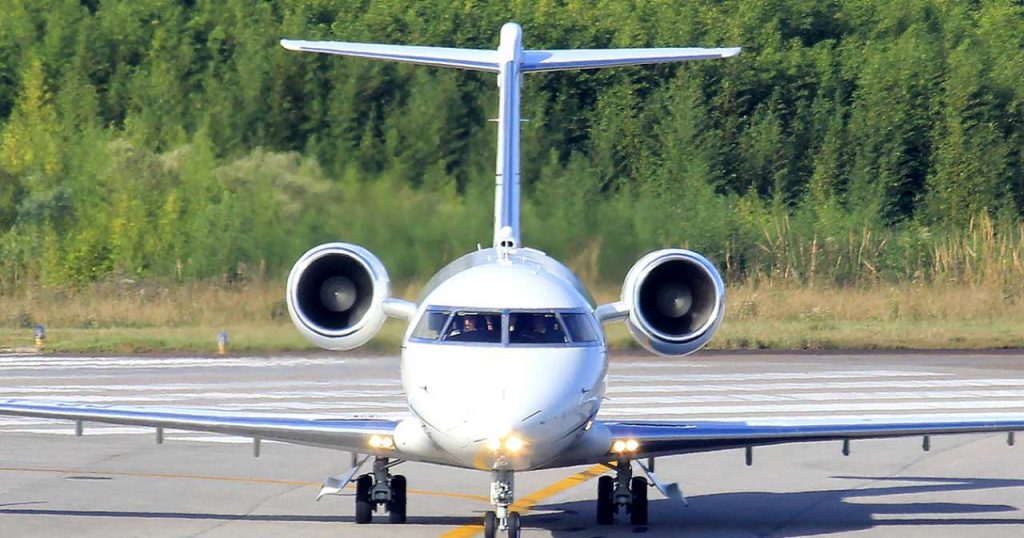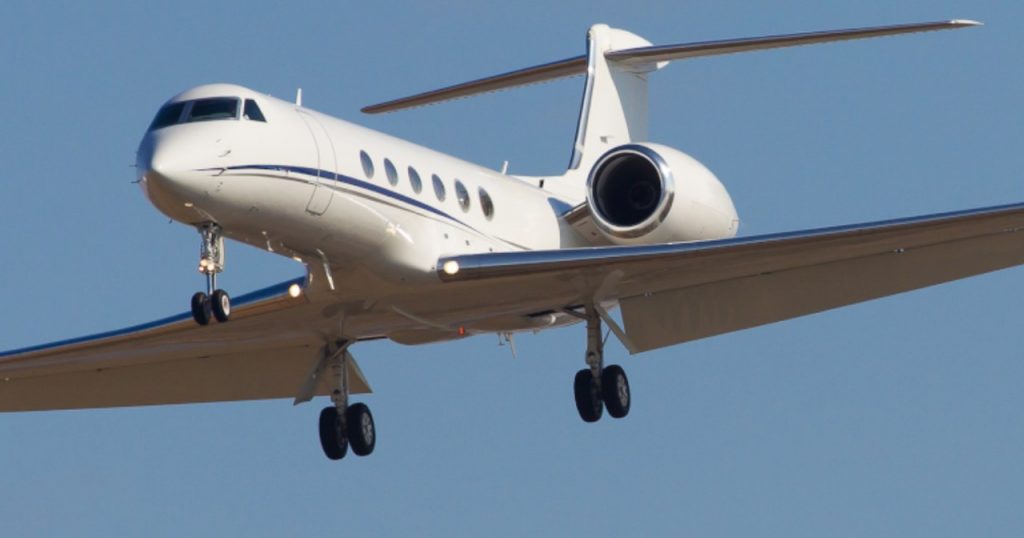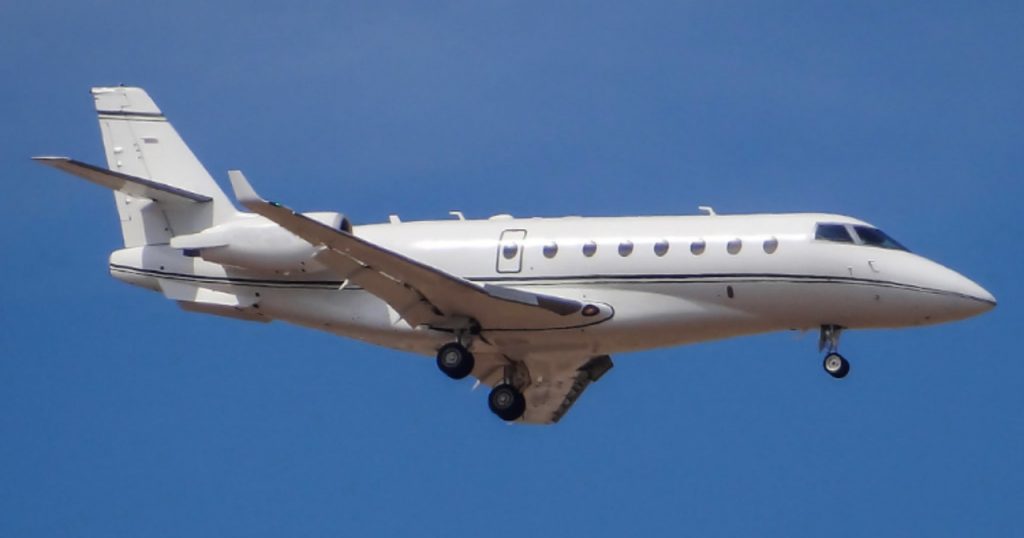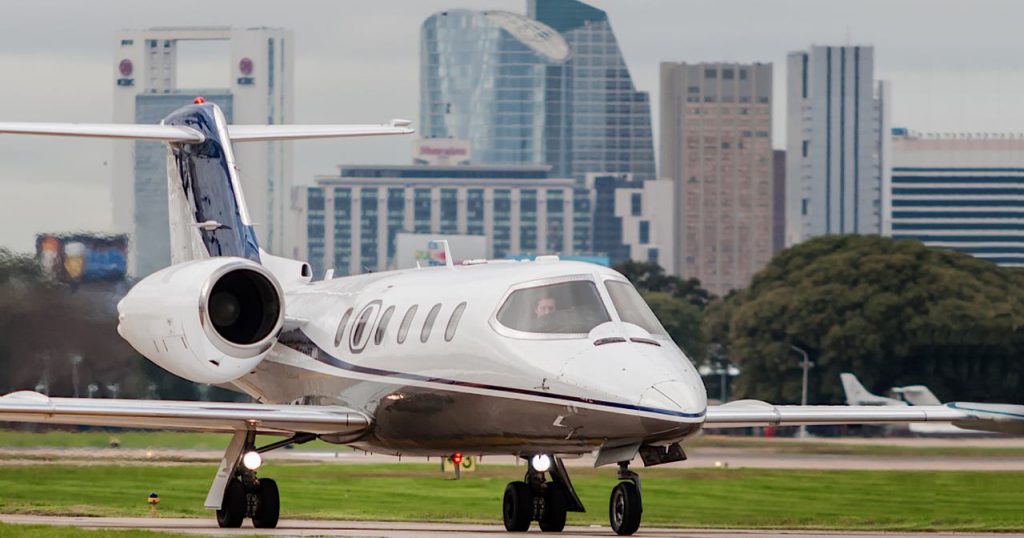Switch to:
 EN
EN  Português (PT)
Português (PT)  Español (ES)
Español (ES)
If you are a frequent traveler, it is possible that you’ve become familiar with the environment of airplanes, and that something has already drawn your curiosity and attention. But if you’re flying for the first time, don’t worry: your only job will be to enjoy every second of the flight. Various noises and movements are part of the operation of an aircraft. Some of them are even deliberately designed by engineers, so that they can be seen and heard by technical and cabin crew and indicate the normal functioning of systems and various essential parts that make up the structure of an aircraft.
Noises and Movements of an Aircraft: During the Taxi Procedure
In the passenger cabin, a large part of the fitted parts — such as the luggage compartments that are above the seats, for example — have gaps in their structures and slightly sway in line with the aircraft’s movements. During the taxi procedure (when the plane is moving on the ground), it will be possible to observe these movements and even hear the noise of these structures.

Challenger 605 in taxi procedure
Among the various technical reasons that justify the parts moving, there is a main one: if the structures were totally rigid and fitted without any slack, during turbulence or during takeoff and landing, when the vibrations occur more intensely, everything would break or fall apart with enormous speed.
Noise and Movement of an Aircraft: Turbulence
Speaking of turbulence and movement, the plane’s wings also wobble and move vertically, even though we have the impression that they are quite rigid and inflexible structures. If we make the analogy of the behavior of the wings with the running of a car on most Brazilian streets, we will immediately think of the constant work of the shock absorbers that absorb impacts, prevent further damage to automotive parts, and make the trip more comfortable.
In planes, the principle is similar: just as in the interior luggage compartments, it is precisely because of the flexibility of the wings that they gain such capacity to withstand intense effects in all phases of a flight. If they were totally inflexible, any turbulence would be felt much more strongly and abruptly. With the repetition of all the efforts of flight and an excessively rigid structure, the complete rupture of the wings could happen in mid-flight. So if the flight surfaces are moving, it is because they are working as designed!
Noises and Movements of an Aircraft: Approaching Destination
During the approach to the arrival at the destination, the noises also reappear with greater intensity. In the descent phase, the aircraft is configured by the pilots so that everything happens safely. In the cockpit, everything works like an orchestra: a series of procedures are performed, commands are given, and levers are moved. Each movement has a specific function, and although passengers cannot see the cabin at any time, they will be able to see and feel some of the commands given by the crew.

Gulfstream G500 approaching destination 
Gulfstream G200 approaching destination
The aircraft’s engines work constantly, helping to maintain the speed and altitude established in the descent procedure. If you look at the wings, you’ll notice huge surfaces appear on the back of the wings, and this appearance also produces a sound that catches a lot of people’s attention. These are the flaps, surfaces called hypersupports, being extended.
The flaps’ main function is to allow the aircraft’s speed to be reduced without degraded air lift. It is due to the existence of the flaps that the aircraft can go from more than 800km/h to around 270km/h at the moment of landing. As they are powered by small electric motors, their movements carry noise throughout the cabin. In other words: if the little engine is running, the flaps are doing their job beautifully.
After touching the runway during landing, more vibrations, movement, and noises occur. At that moment, several systems and parts of the plane act simultaneously so that the procedure is completed safely and the plane is decelerated within the limits of the runway. On the upper part of the wings, several plates open vertically: they are the spoilers (or speedbrakes), which act to “break” the support produced by the wing, changing the displacement of the air flow that makes the plane fly and helping with braking, making it more effective.

Learjet 35A after landing procedure
The chattering of the wheels, the functioning of the brakes, and the characteristic sound of the reversers of the engines are certainly the characteristics most noticed by passengers. Reversers are devices located on engines that act as brake aids. For this to happen, the opening of the reversers commanded by the pilots aims to invert the air that passes through the engines. In general, while in normal engine operation they push the plane forward, displacing the air flow backwards, in reverse mode the opposite effect is achieved. This operation is quite noisy — and is responsible for the noise that invades the ears of passengers in the final minutes of the trip.
Conclusion
Despite so many things happening at the same time, the noises, movements, and sounds still haven’t been able to steal all your attention and tranquility. With everything working as planned, the trip ends the way only aviation can. Speed and safety are fundamental pillars of the flight! And now that you know the reason for most of the most common noises on planes, take advantage of the empty legs offered by Flapper to travel quickly and exclusively. Or, if a moment of rest after a week of work is necessary, embark to the paradise of Angra dos Reis on our weekly flights departing São Paulo flying in the modern and comfortable Cessna Grand Caravan. Have a good flight!
